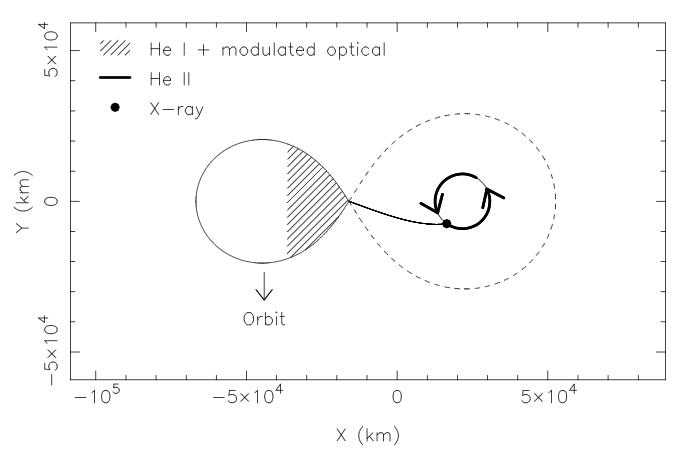
Arne Rau
Postdoctoral Researcher in Astrophysics at MPE Garching

Links
AM CVn stars:
| Introduction: The launch of the Laser Interferometer Space Antenna (LISA) at the end of this decade, will open an exciting new window into the gravitational-wave Universe. A special role in understanding the measurements will be played by one particular population of ultra-compact Galactic interacting binaries. These so-called AM CVn stars consist of white dwarf accretors with degenerate or semi-degenerate helium-transferring companion stars in tight orbital configurations from 65min down to a few minutes. With these periods, AM CVn stars are the only known verification sources for the frequency band that LISA will explore. |
| Census of AM CVn stars in SDSS DR7 Due to their hot temperatures and hydrogen deficiency, AM CVn stars occupy a characteristic, sparsely populated region in the SDSS color space. We selected ~1300 candidates (90% of the visible Galactic population) and obtained spectroscopy (e.g. VLT, Keck, WHT, Hale-5m) for more than half of them. Based on the typical helium emission lines, we found 5 new AM CVn systems and measured the orbital periods for two of them through time-resolved spectroscopy (Roelofs et al. 2009, MNRAS, 394, 367; AR et al. 2010, ApJ, 708, 456 ). The figure shows the trailed He emission of the 48.3min period system SDSS J0902 obtained at Keck . The discovery of 5 new sources is a factor of 5 below the predictions from stellar population models and previous observations and provides important constraints on the Galactic space density of AM CVn stars. |  |
| The 5.4min AM CVn RXJ0806 The origin of the 5.4min periodicity in the optical and X-ray light curves of RXJ0806 has long been debated. Using Keck-I time-resolved spectroscopy we found clear modulation of the He emission lines (radial velocity and amplitude) on the 5.4min period and no other (Roleofs, Rau, et al. 2010). This period represents the orbital period of an interacting binary white dwarf with q = 0.50 +/- 0.13 and we thus confirmed that RXJ0806 is the shortest-period binary star known: a unique test for stellar evolution theory, and one of the strongest known sources of gravitational waves for the LISA. The data suggests that HeI 4471 arises from the irradiated face of the cooler secondary, and HeII 4686 from a ring around the primary (see Figure). |  |
| Some Press Releases about our study of the 5.4min orbital period in HM Cnc | MPG Press Release (english) | MPG Pressemitteilung (deutsch) | Keck Observatory Press Release (english) | space.com (english) | Pressetext Nachrichtenagentur (deutsch) |